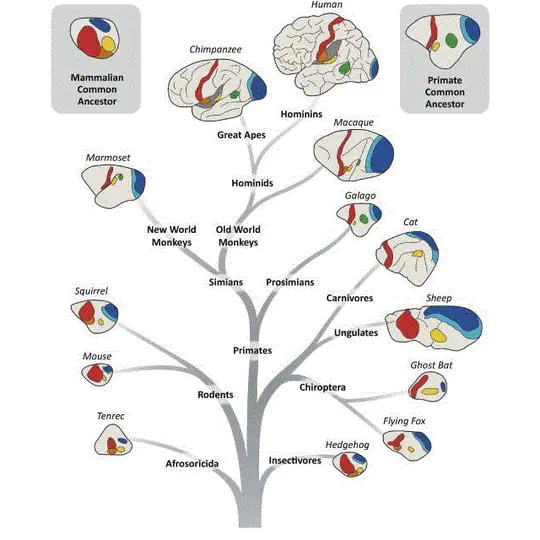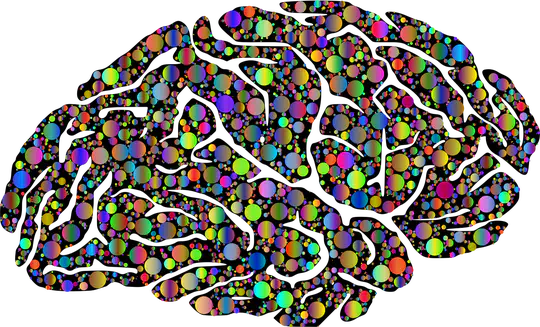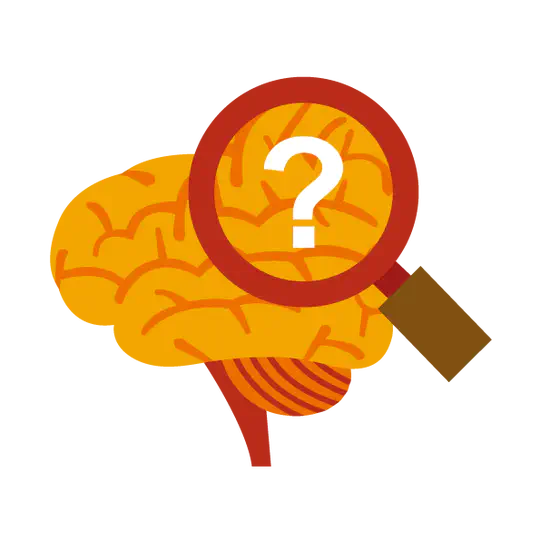Research Interests
In recent years, it has been possible to non-invasively delineate the structural and functional areas of the human brain and map its connectivity patterns using multimodal brain imaging, which provides a new approach to the development of the next generation of human brain atlases. However, there are still some problems that need further study to resolve.
In summary, numerous forms of brain atlases have been developed to map the human brain. The trends in human brain mapping are from the early printed 2D brain atlases to the current digital 3D and 4D brain atlases; from cross-sectional data based on specimens to atlases based on in vivo multimodal neuroimaging; from single modal atlases with only anatomical brain information to multimodal brain atlases integrating population-based anatomical and functional information. In the future, with the advancement of new technologies and tools for brain research, the human brain atlas will go local instead of global and dynamic instead of static, which will be consistent with other biological information, such as the gene and protein expression patterns, cell types, wiring patterns, and the spatiotemporal dynamic changes during normal development and the aging process, or in different disease states. The next generation of human brain atlases will provide basic tools for probing the mysteries of the most complex organ, as well as providing solutions for biomarker discoveries for early diagnosis and therapy of various brain diseases.


